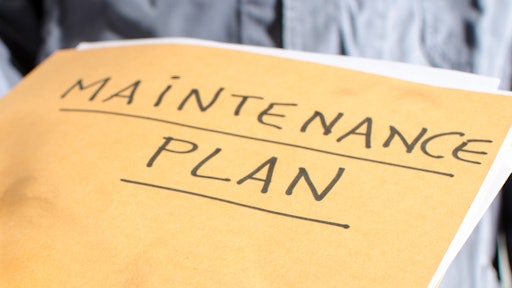
Adobe Images | From thodonal
One of the most important things a homeowner should know about the maintenance of their building is whether the foundation of the structure is properly watertight. The second most important thing is to make sure that the base is permanently waterproof. As a contractor who has worked with multiple homeowners over the years, I can safely say that no one wants to deal with a flooded basement. The last thing a homeowner wants to do is go to their basement and find their beloved possessions in three inches of water because their foundations were not properly waterproofed or poorly maintained.
The best way to prevent water damage to a person's home is to create a waterproof maintenance program. This plan includes a variety of checks that must be carried out throughout the house or building to ultimately ensure that the foundation of the structure is safely and correctly installed; no leaks or damage; The structure has the appropriate anti-leakage products and is functioning properly.
Visual inspections
Visual inspections are the first part of a house waterproofing maintenance program. Simply reviewing a home by inspecting various structural components is extremely beneficial in ensuring that it is properly watertight and quickly identifying any new changes that could lead to leaks or flooding. The following components should be included in any routine inspection.
- Window shafts, pit drains and basement windows. There must be no water in the window well. If so, the window duct drains may be clogged or covered with various debris that has entered the window duct.
- Exterior concrete. Look for cracks or leaks. Even if a crack is not yet leaking at this point, water could enter and cause a leak or even enlarge the crack. Also look for leaks or damage to the foundation walls that may be due to subsidence.
- Any wet or unfinished crawl spaces. These spaces may contain accumulated water or mold that may have formed from moisture. An easy way to check if there is a bad smell.
- The boiler. Homeowners should drain or flush their water heaters every six to twelve months to remove debris. This prevents a pipe from bursting, prevents the water heater from working harder, and prevents water pressure loss.
Perform routine checks and maintenance
Once the visual inspections are complete, the next part of the maintenance schedule should include a variety of tests on specific parts of the house.
- Clean and test the sump pump. Make sure sump pumps transport the incoming water to a house that is at least 3 meters away from the house.
- Flush and test the drain line. This will ensure that the water is properly drained from the house and not too close to the property. This is also important so that water doesn't accidentally drip from the house onto a neighbor's property.
- Test the ejection pump. If a problem arises, I recommend adding a strainer to the pump to avoid clogging that can be caused by large particles.
Level control
The final stage of a good waterproofing maintenance plan is to check the levels of various devices that keep a house waterproof.
The first thing your customers should check is the battery level and the operation of their home backup pump. In the event that a house sump pump stops working, the backup pump can prevent the homeowner from struggling with a soaked carpet or hardwood floor, crumbling drywall, and mold or moldings that can result from a poorly watertight house.
Second, replace the batteries in your home's flood alarm. Most flood alarms have an indicator light that indicates that the detector is receiving power and is working properly. However, these should be checked regularly to ensure that the battery does not need to be replaced.
Next, your customers should check the humidity in their homes to avoid mold and other unpleasant smells. Because of a humid environment, mold tends to grow in dark, humid places. Mold in a house can not only destroy walls or property, but also cause various health problems and should be taken seriously.
Finally, they should examine the patio drainage and downspout extensions on the property. These absorb the water collected in the gutters of the house and divert the water away from the house. Make sure the downspouts are properly connected to the gutter's drainage system to ensure that they can do their job for the water to flow.
Homeowners who follow their advice on a waterproofing maintenance program or a variation of these steps will be able to notice any water in their home and prevent future flooding. Recommend checking your property every two years for leaks or signs of water damage. However, if a property is much older or if older seals are in place, this plan should be implemented more frequently.
In general, flooding and water damage can be avoided if homeowners take the time to take action and pay attention to the waterproofing systems in their home.
About the author
Matt DiBara is a fourth generation DiBara Masonry bricklayer and the creator of The Undercover Contractor . He has worked in some of the most prestigious and well-known celebrity homes in the city of Los Angeles and has restored many of Hollywood's most famous cultural landmarks.
Aucun commentaire:
Enregistrer un commentaire